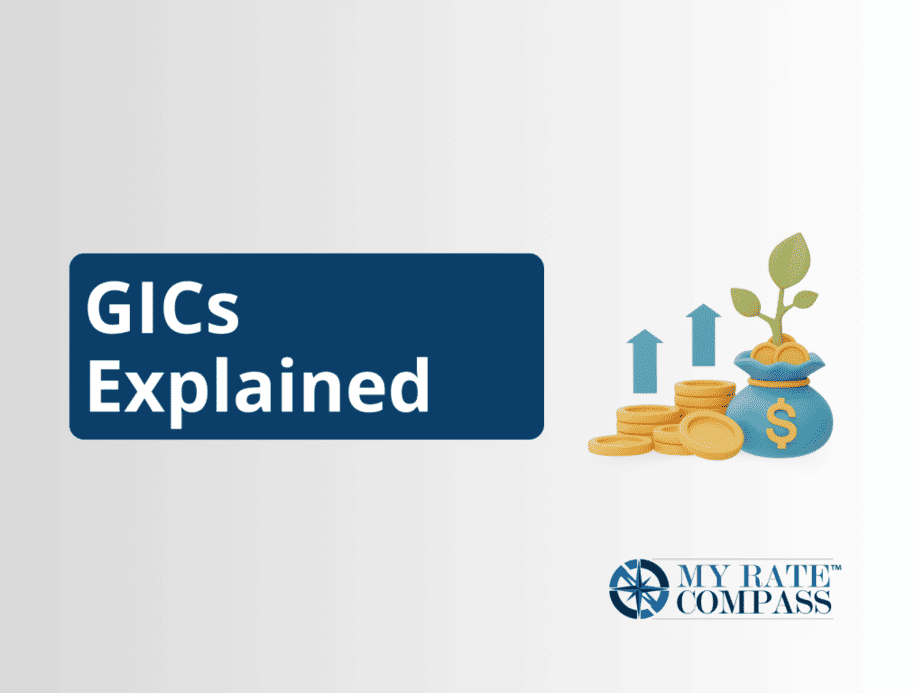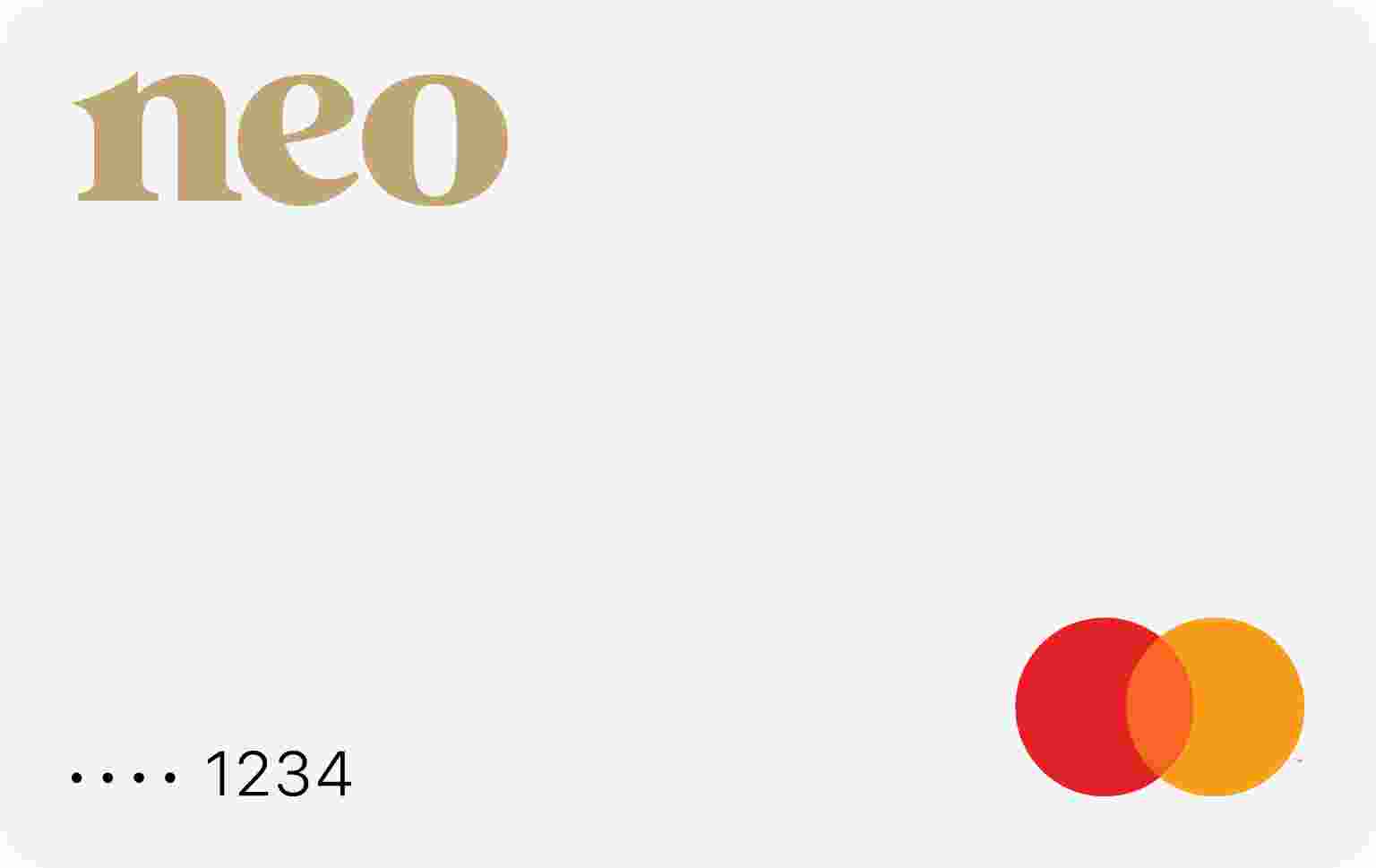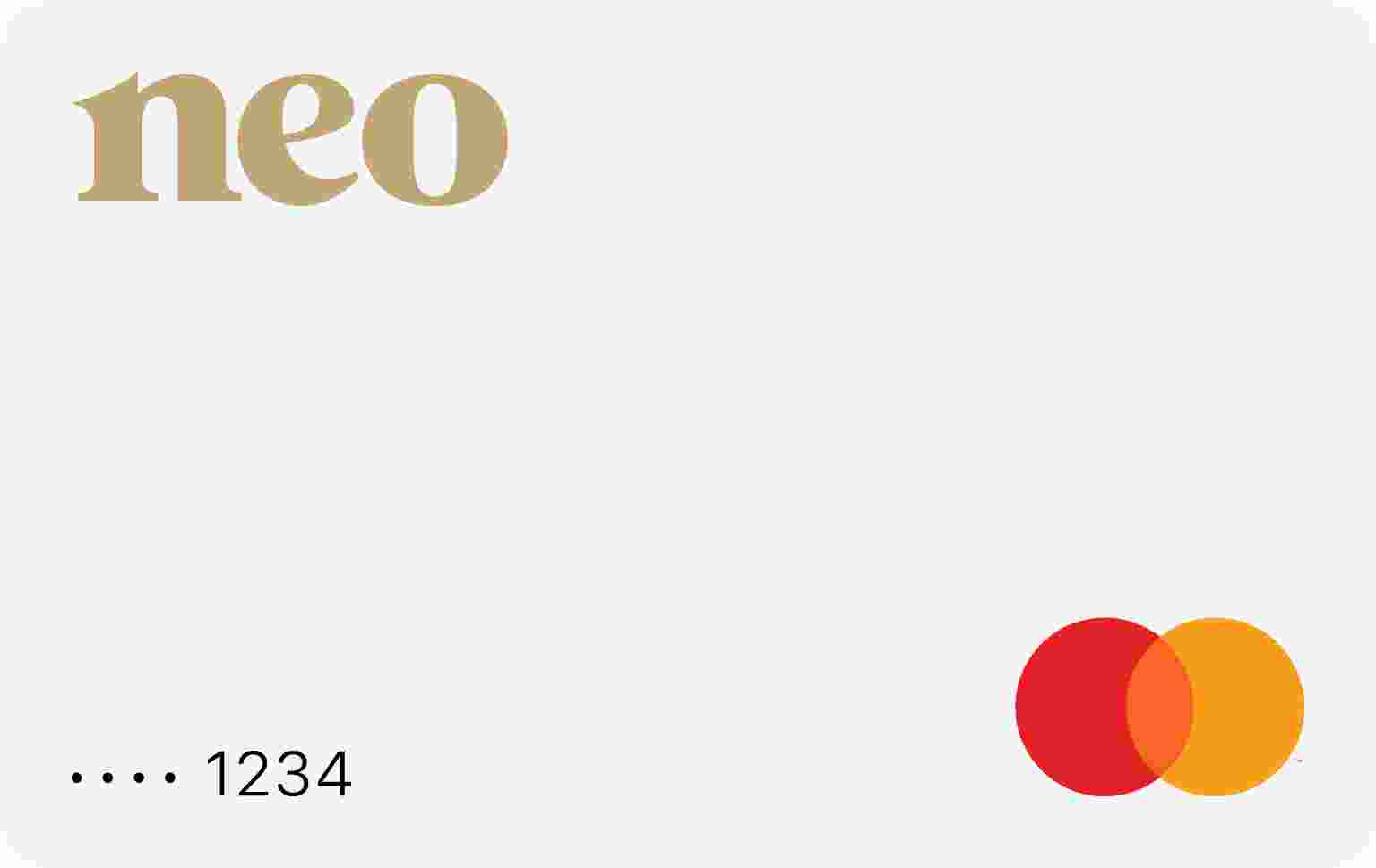GICs Explained: Everything you need to know
GICs, short for Guaranteed Investment Certificates, are a valuable investment because of their low risk and helpfulness when saving. GICs are easy to open, but once your money is locked in, you might not be able to access the funds until the end of the GICs term. To learn more about how GICs work and how they can help you with your financial goals, continue reading below.
What is a GIC?
A GIC is the abbreviation of Guaranteed Investment Certificate. They are also commonly referred to as term deposits since they have a fixed term and often fixed returns. GICs are known to be one of the lowest risk investments available on the market.
A GIC is similar to putting your money into savings. GICs have a low rate of return which is why they’re safe. However, the return you get on a GIC will likely be higher than if you were to simply keep your money in savings. The only difference is your money cannot be taken out of a GIC until the end of the term in the majority of cases. This makes GICs less liquid than savings accounts which is important to keep in mind.
Anatomy of a GIC
All types of investments have a unique structure, GICs included. It’s important to understand the components of a GIC before choosing to invest in one. Be sure to consider your financial goals and position to determine if a GICs structure is ideal for your finances.
Interest Rate
Most GICs pay interest either on an annual basis or upon maturity. However, this can vary, some GICs pay interest more frequently. When you open a GIC, you’ll usually have the choice of whether you’d like interest paid out or reinvested. The benefit of getting interest paid out is you’ll earn passive income. The benefit of reinvesting your earned interest is your balance will grow and you’ll earn more interest overall due to compounding. Finally, the longer the GIC’s term is, the higher the interest will be in most cases.
Term
GICs operate on a fixed term which means your money is held for a specific period of time. GIC terms vary a lot, they can be as short as 30 days and as long as 6 years. Selection of the term length shouldn’t be taken lightly because once your money is invested, you can’t take it out until the end of the term.
Cashing Conditions
When a GIC’s term is over, it will have matured. At this point, the initial money you invested plus interest will be paid out to you. You can either use the funds as needed or reinvest the money back into a GIC to earn more interest. Alternatively, you could put the money into another investment. The choice is entirely yours!
As mentioned above, the cash invested into a GIC is typically not accessible until the term has ended. However, there are exceptions to this. Some GICs include in their conditions an early cashing option, but if you choose to cash your GIC early, you’ll have to forfeit the interest you earned. There could also be corresponding penalties and fees for cashing out early. If you’re concerned about putting your money into a GIC, read the fine print. Details on whether early cash out is an option are included in the conditions.
Risk of GIC Investments
GICs are low risk investments because you’re guaranteed to get the money you invested back. Furthermore, if you obtained your GIC from a bank or credit union, it is insured. This means you’ll get your money back even if the bank shuts down.
The level of risk increases slightly with market or equity linked GICs. These types of GICs do not pay a fixed interest rate which means there is a higher investment risk. Although, you cannot lose your initial investment, you simply may not get the best return.
Types of GICs
Not all GICs were made equal. There are various types of GICs available in Canada. The one you choose depends on your financial needs and goals. Generally speaking, GICs in Canada are designed for lifetime goals or preferable conditions. Let’s take a deeper look below.
Redeemable and Cashable GICs
GICs are often grouped by their conditions, redeemable or cashable. Redeemable GICs can be redeemed before the maturity date. Usually there is some sort of penalty to redeeming early, such as a lower interest rate or forfeited interest. However, the exact terms depend on the financial institution. If you want your money to be accessible or want a higher rate of return, a redeemable GIC is ideal.
On the other hand, there are cashable GICs. A cashable GIC lets you access your money before the maturity date, but only after a specific period of time has passed where your funds have been locked in. For example, a cashable GIC has a term of one year; the first 30 to 90 days are closed and your funds cannot be accessed. At the end of this period, you can cash your GIC even if the full term is not finished. If you choose to cash your GIC early, you will only earn interest for the time that your money was invested.
Other GICs can be non-redeemable and non-cashable which means that you will not be able to access your investment until the GIC matures.
Equity and Market Linked GICs
Equity and market linked GICs are linked to the stock market. The rate of return is not fixed, but rather, variable. This is possible through an index which could be the whole stock market or a specific index. The return you receive depends on how the index performs. If you want a higher rate of return without putting your initial investment at risk, this is an excellent option.
Registered GICs
You can invest in a GIC using your registered accounts, such as a tax free savings account (TFSA). The advantage of doing this is your investment income, in this case interest, is tax free.
- Tax Free Savings Account (TFSA) GICs. TFSAs are a powerful financial tool available to Canadians because withdrawals can be made at any time and they are highly versatile. You can use GICs to invest within your TFSA.
- Registered Education Savings Plan (RESP) GICs. A RESP is an account meant for parents or guardians who are saving for their child’s post secondary education. It is easy to estimate when your child will begin post secondary education which means you can align GIC terms with the anticipated start date easily. You can continue to roll over GICs until the funds are needed.
- Registered Retirement Savings Plan (RRSP) GICs. As the name implies, RRSPs help Canadians save for retirement. Any money or investment put into a RRSP is not taxed until it is withdrawn. GICs can be one of the investments your RRSP holds and they can roll over until you plan on retiring.
Student GICs
Students are a unique consumer because they’re spending but not always earning. For this reason, they have their own special GIC. Student GICs help international students study in Canada. In fact, they can help students secure a student visa or qualify for full citizenship. The investment is much larger with this GIC, between $10,000 and $50,000. There is also a fee for using this GIC.
When the student arrives in Canada, a part of the GIC is immediately available for use. Then, the funds are slowly distributed over the course of a year. The entire investment plus interest will be paid during this period. The payout structure is designed to help students with tuition and the monthly cost of living.
US and Other Currency GICs
This type of GIC allows you to make an investment using US or other currency. The advantage of this type of GIC is you can protect your money from foreign currency exchange risk. You can also use this method for a future vacation fund by buying currency when the foreign exchange rate is favourable, then save.
Opening a GIC Account
The process of opening a GIC account is very similar to opening a chequing or savings account. Usually you can open a GIC online, by phone or in person, but this varies by bank.
One thing to keep in mind is GICs typically have a minimum investment. The industry standard is $1,000, but some GICs could go as low as $500 whereas others could go as high as $10,000.
You will also need to select how you want interest and reinvestment to be handled. You can either have interest paid out or reinvested. For reinvestment, you can either choose to have the GIC to be paid out at the end of the term or reinvested with the same term and interest.
It can be convenient to open a GIC with your existing bank, but try not to limit yourself. Other banks could offer higher GIC interest rates, better terms and ideal conditions. Take some time researching GIC options before proceeding.
GICs and Your Financial Goals
GICs ensure you’ll receive your investment back and have decent rates of return. For these reasons, GICs are a useful investment tool, especially if you want to save and diversify your investments. Consider your financial goals to determine if a GIC investment is right for you!
If you’re looking for more information about stocks, bonds and related topics, check out our investing section.






